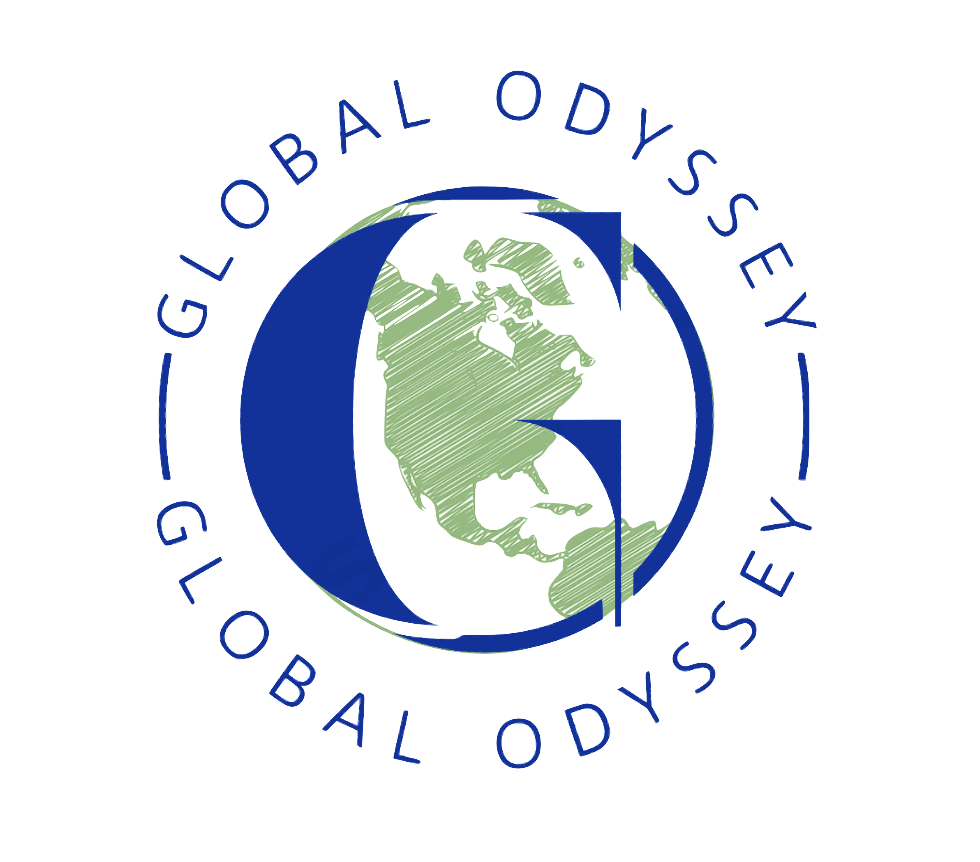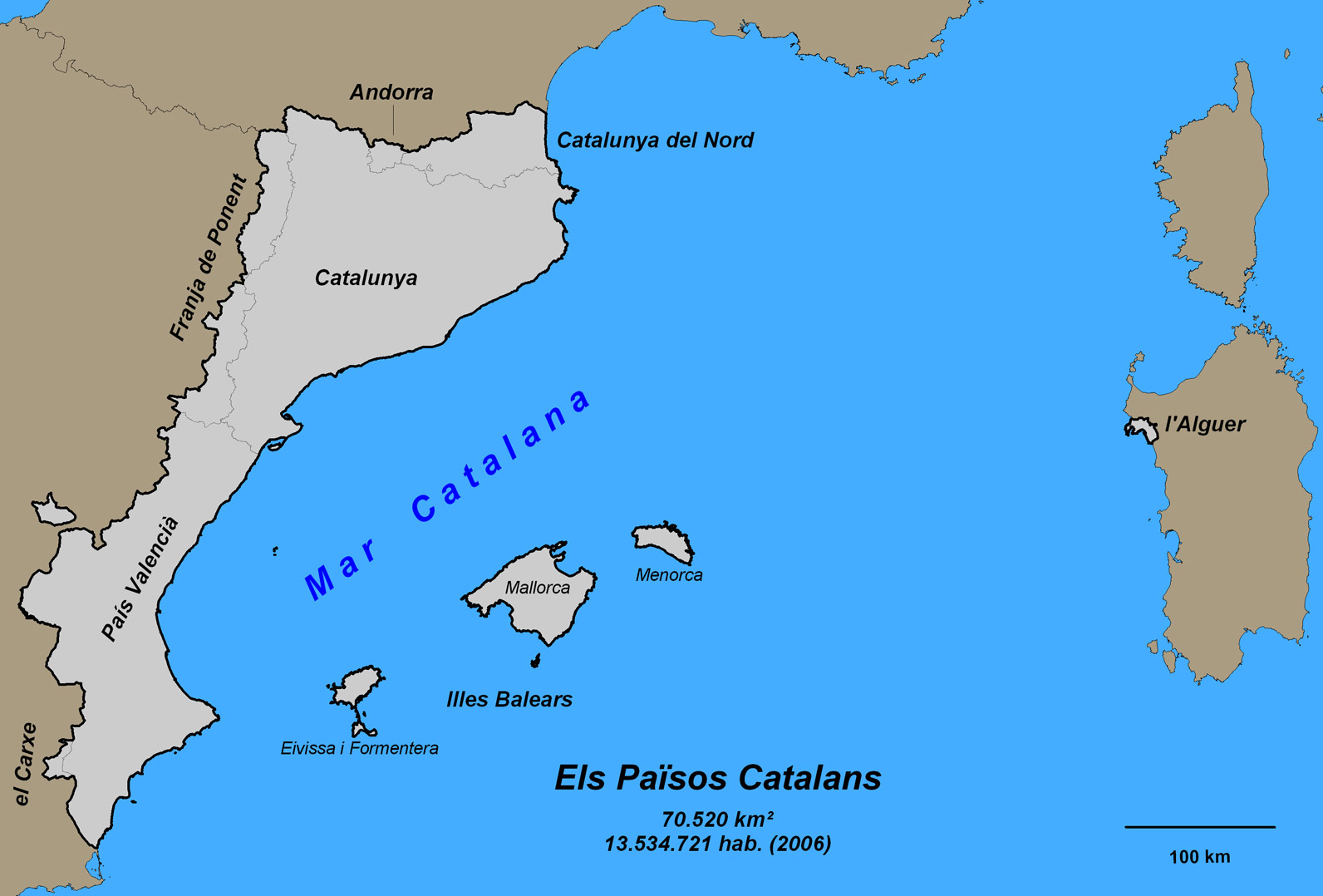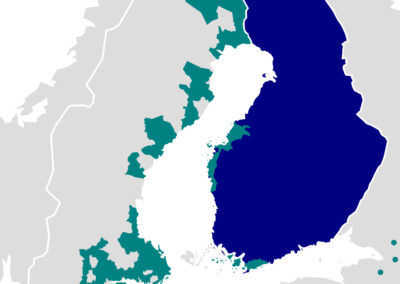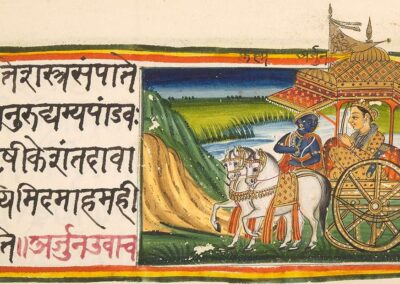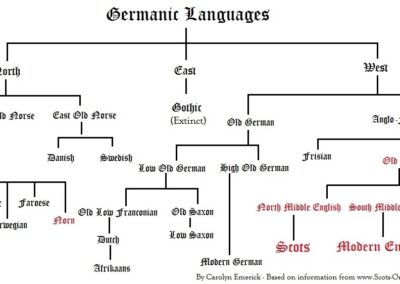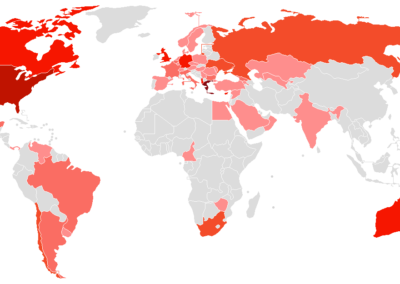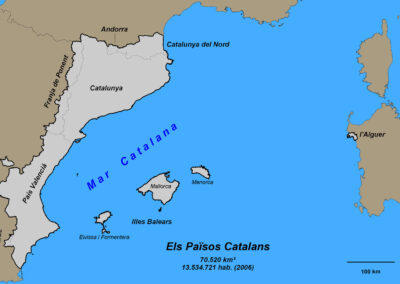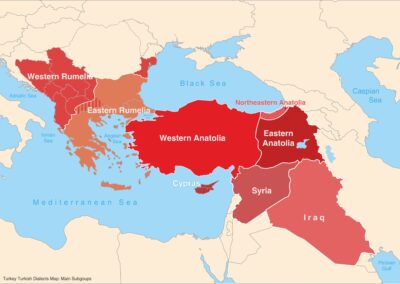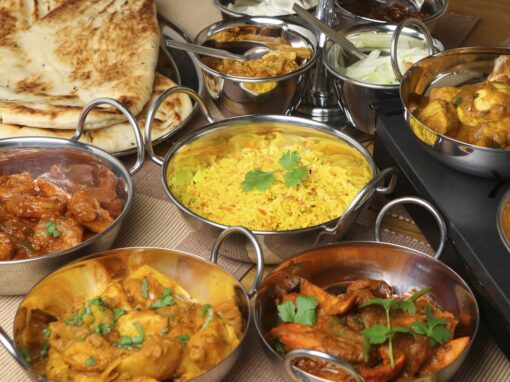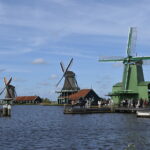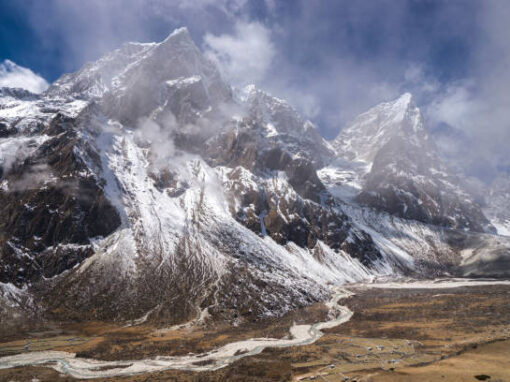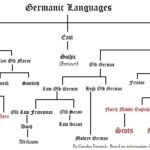Catalan is a western Romance language and principally spoken on and around the Iberian Peninsula in southwestern Europe.
It is the official language of the country of Andorra, situated between Spain and France, and an official language in three autonomous communities in Spain. These are Catalonia, the Balearic Islands – comprising Mallorca, Menorca, Ibiza and Formentera – and the Valencian Community (comunidad valenciana).
Where is Catalan spoken outside of Spain?
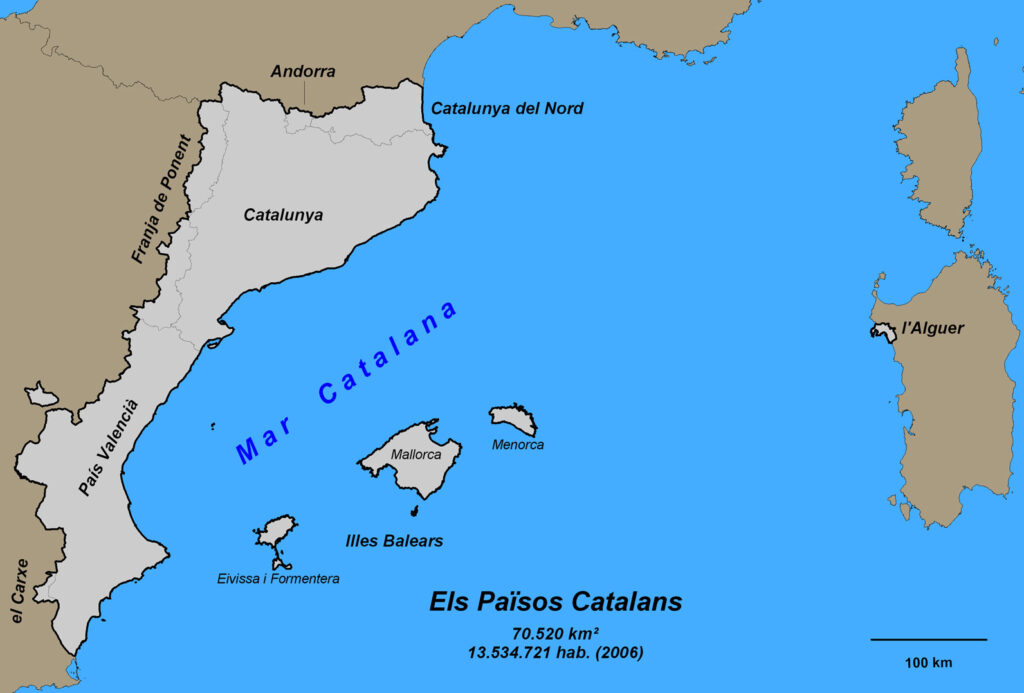
Catalan Countries (Wikimedia Commons)
The language has semi-official status in the Italian comune (municipality) of Alghero, a city in the northwest of the Italian island Sardinia.
Beyond its official status, Catalan is spoken in the Pyrénées-Orientales département of France. This is located in the region of Occitania in southern France, next to the Spanish border.
The language is spoken in the eastern strip of the Spanish region of Aragón known as La Franja – an area of Catalan-speaking territories of eastern Aragón bordering Catalonia. It is also spoken in the Carche area in the Murcia region in southeastern Spain.
Altogether, the Catalan-speaking communities are often called the Països Catalans, the ‘Catalan countries’.
History of the language
Historically, the evolution of Catalan stems from Vulgar Latin which was spoken in the Middle Ages around the eastern Pyrenees.
It was the official language of the Kingdom of Aragón between 1137 and 1749 before the union of the Aragonese and Castilian crowns marked the beginning of the decline of the language.
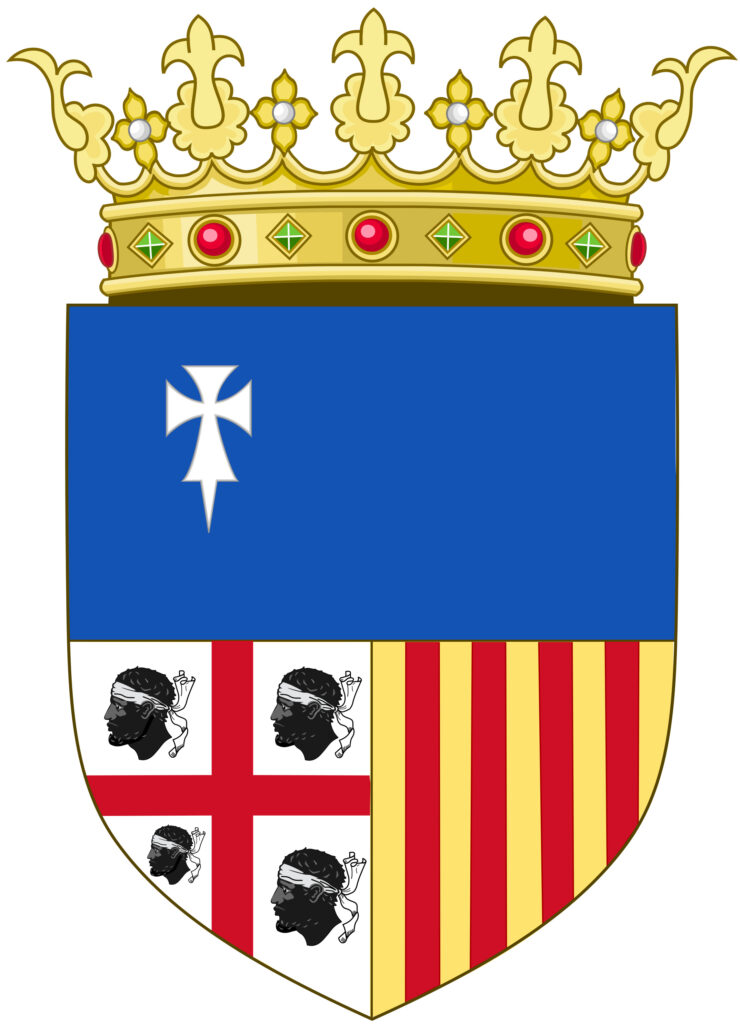
Historic coat of arms of Aragón (Wikimedia Commons)
The Catalan language has experienced great turmoil throughout its history. Between 1939 and 1975, the persecution of the language in Spain was immense under the dictatorship of Francisco Franco, particularly in the 1940s and 1950s.
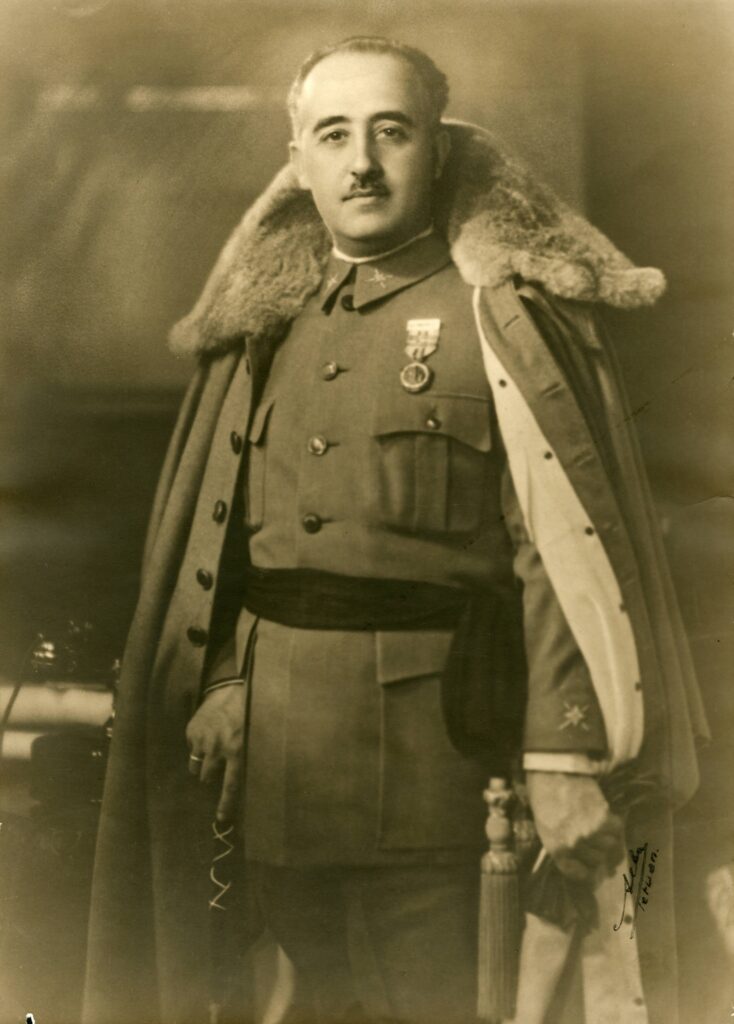
Spanish dictator Francisco Franco in 1930 (Wikimedia Commons)
Franco’s regime saw the banning of Catalan use in education, in the publication of books, newspapers and magazines, in the transmission of telegrams and even in spoken telephone conversations. However, it was maintained as a spoken language by families during this time.
Following the death of Franco, Catalan gained official status in Catalonia in 1979. It became an official language alongside Spanish.
The Spanish Constitution had stipulated in 1978 that languages different from Castilian (Spanish) could be given official status. Since then, Catalan use in education, politics and media has risen significantly.
As Catalonia also gained greater political autonomy, Catalan was revived as the principal language of politics and education as well as of public life in general in Catalonia.
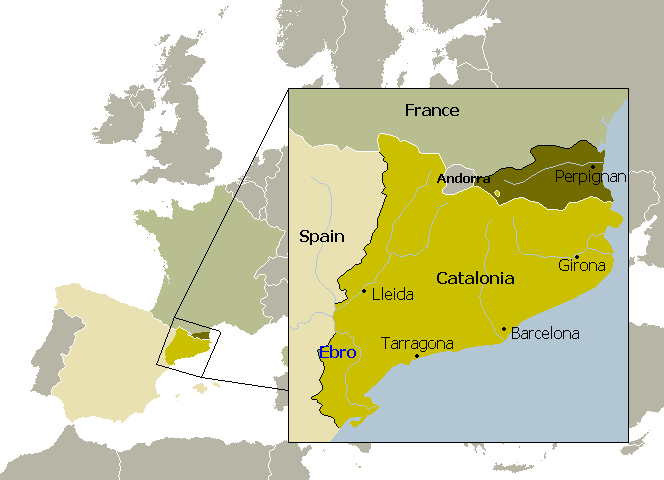
Region of Catalonia (Wikimedia Commons)
Catalan became an official language in Valencia in 1982 and in the Balearic Islands in 1983.
Valencian is the variant of Catalan spoken in the Valencian Community. It is a source of dispute though with many Valencians saying it is distinct to the Catalan language. However, many linguists affirm it is a dialect of Catalan.
Regardless, Valencian is the name given to the language in the Valencian Community.
Similarity and differences to other Romance languages
Linguistically, it shares many traits with neighbouring Romance languages including Spanish, Portuguese, French, Italian, Occitan and Sardinian, among others.
However, Catalan has notable differences from the Iberian Romance group (comprising Spanish and Portuguese) in terms of pronunciation, grammar and especially vocabulary. It actually shows much greater affinity with languages native to France and northern Italy. The language it is often cited as being most similar to is Occitan.

Catalan dictionary (Wikimedia Commons)
Modern Catalan has two main dialect groups: the western dialects (including West Catalan and Valencian) and the eastern dialects (including East Catalan, Balearic, Roussillonais and the Alghero dialect). Catalan was brought to Alghero in the 14th century.
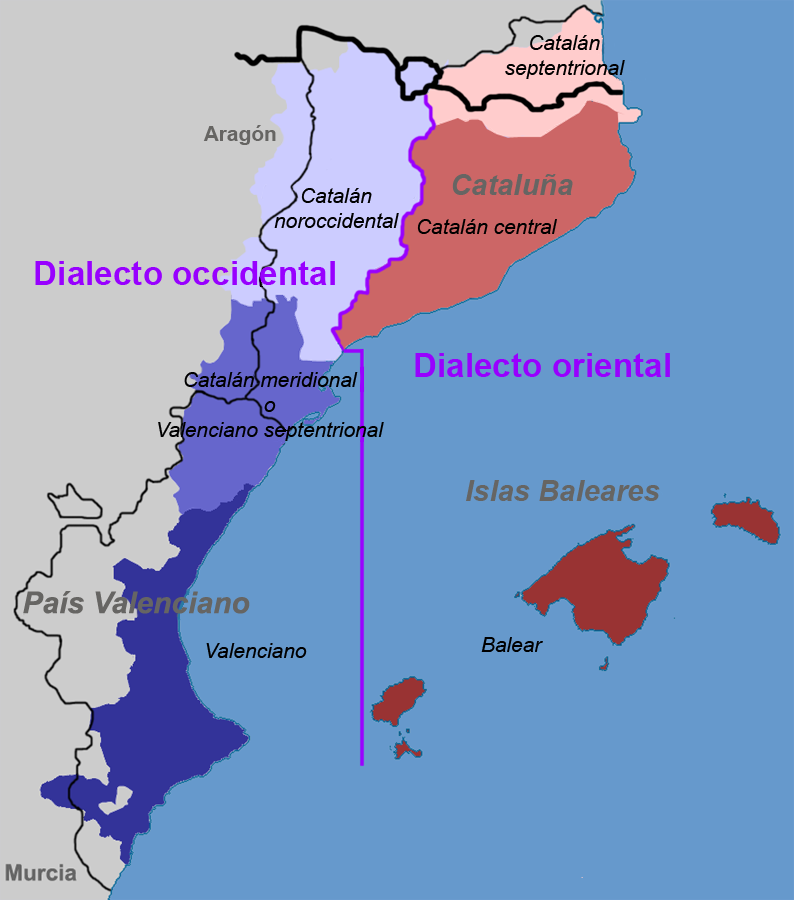
Dialects of Catalan (Wikimedia Commons)
Distribution of Catalan speakers
Geographically, Catalan speakers are spread out across a sizeable part of the Iberian Peninsula. Catalan is spoken by over nine million people in Spain, mainly concentrated in Catalonia, the Balearic Islands and the Valencian Community.
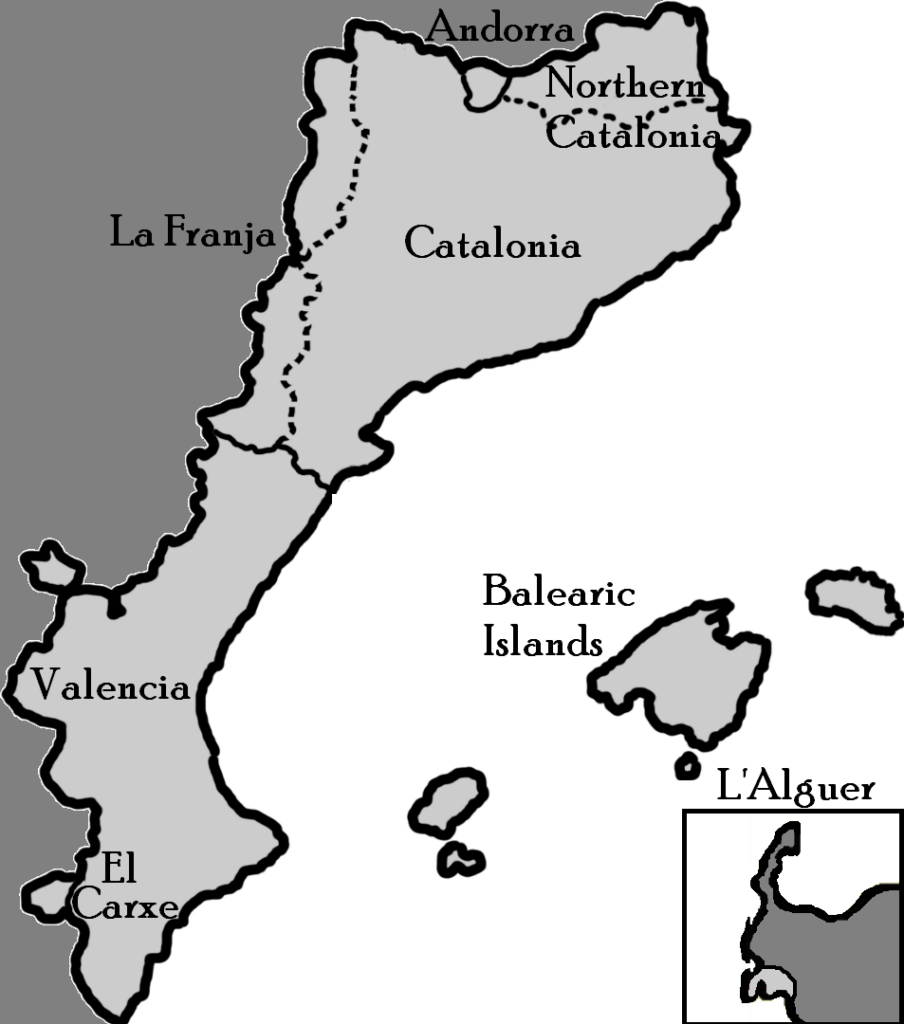
Catalan Countries (Wikimedia Commons)
It is also spoken by 125,000 people in France, 30,000 people in Andorra and over 40,000 in Alghero in Italy.
Andorra is the only sovereign state where Catalan is the national and sole official language. The Andorrans speak the western Catalan variety.
If you enjoyed this article on the Catalan language, make sure to check out this post on the fascinating Basque language here.
